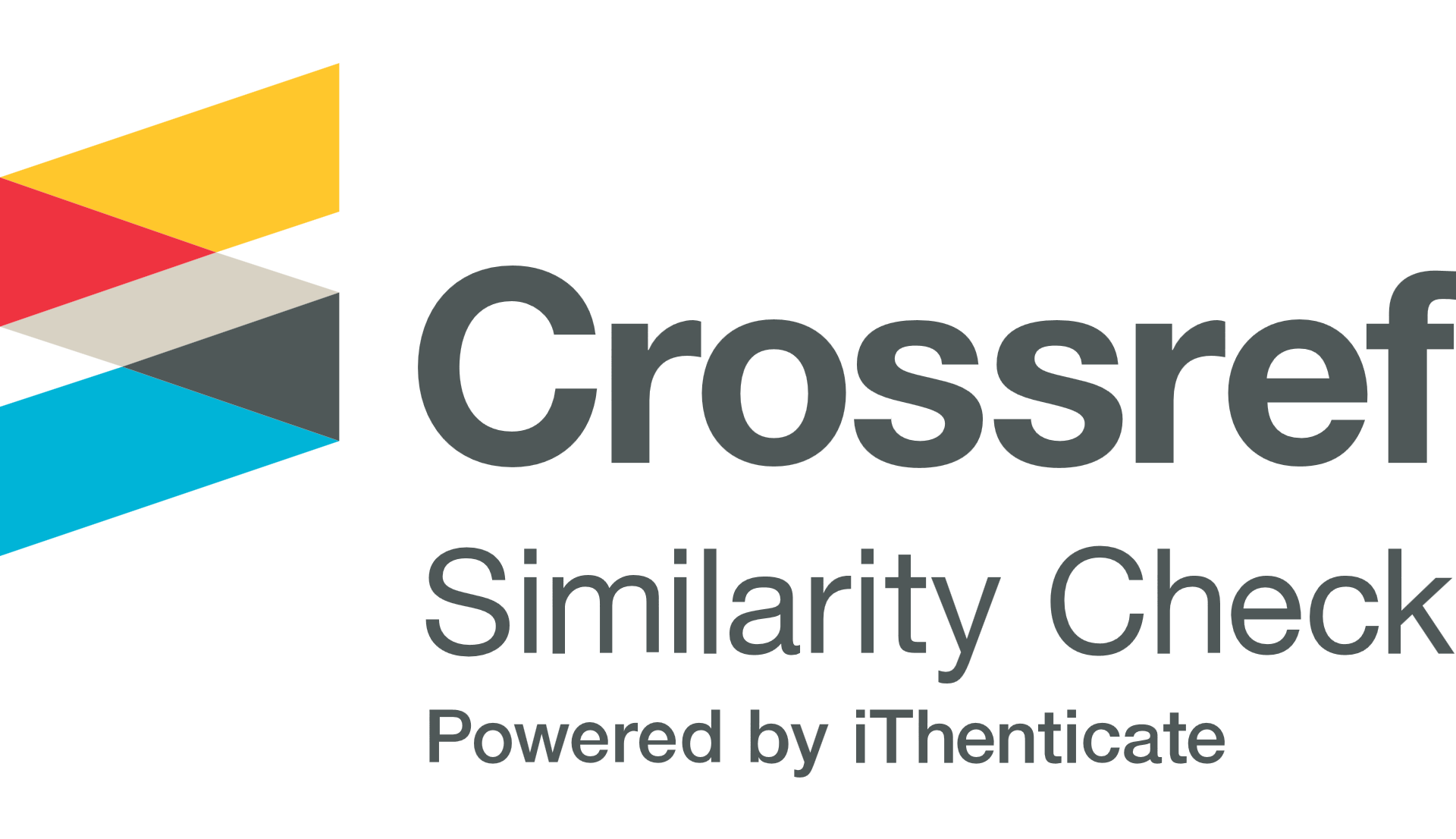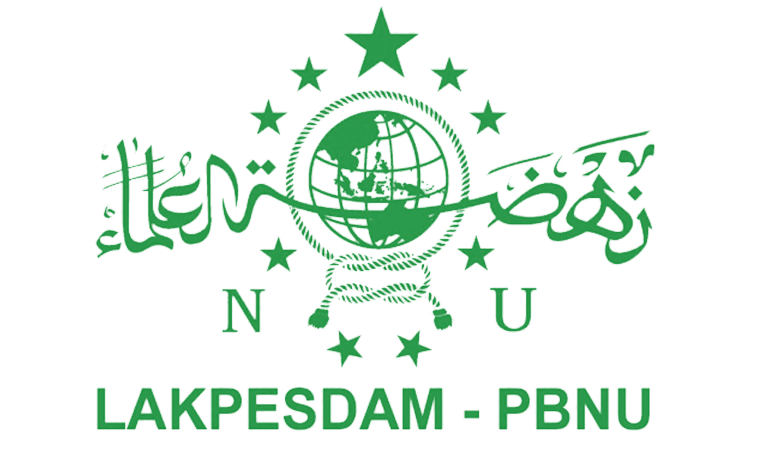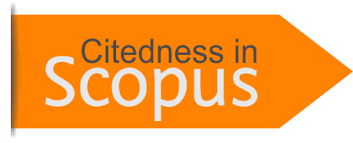IMPROVING STUDENTS’ DIGITAL LITERACY THROUGH THE RELIGIOUS CHARACTER IN MTS NEGERI 1 SIDRAP
DOI:
https://doi.org/10.31969/alq.v28i2.1163Keywords:
Digital literacy, religiosity, religious character, Madrasah TsanawiyahAbstract
Students’ digital literacy has become crucial in society 5.0, but it also brings negative effects on students’ development. Character education comes to reduce the drawbacks of using technology, particularly the religious character. MTSN 1 Sidrap was selected as it develops students’ digital literacy through the integration of e-learning Madrasah and Google Meet. It also supports students’ religious character since it is a Madrasah, offering more religious subjects than junior high schools. This study used qualitative research with a semi-structured interview to obtain in-depth data. The participants in this research were three teachers. They were one female Mathematics teacher who is also an ICT (Information and Communication Technology) teacher and two male Islamic teachers. This study found that students’ digital literacy has met the standards required by the curriculum. However, students’ digital culture and ethics need more attention since students have an opportunity to access inappropriate content and plagiarism. The religious character could overcome such issues by implementing religious dimensions, particularly religious belief, ritual, devotion, experience, and knowledge. Moreover, the dimension of religious ritual reveals that although students practice the pillars of Islam, it does not practically make students stop doing things that are forbidden by the Islamic religion. Hence, the indicators of students’ religious character in the curriculum that focuses on students’ religious rituals or practices are inadequate. The dimensions of religious devotion and experience are crucial in describing students’ attachment to Allah, which can increase students’ awareness to avoid behaviors that violate Islamic teachings.
References
A, M. A., Suryani, N., & Ardianto, D. T. (2020). Digital Flipbook Empowerment as A Development Means for History Learning Media. JPI (Jurnal Pendidikan Indonesia), 8(2), 266. https://doi.org/10.23887/jpi-undiksha.v8i2.24122
Afrizal, S., Kuntari, S., Setiawan, R., & Legiani, W. H. (2020). Perubahan Sosial Pada Budaya Digital Dalam Pendidikan Karakter Anak. Prosiding Seminar Nasional Pendidikan FKIP, 3(1), 429–436.
Ahsanulkhaq, M. (2019). Membentuk Karakter Religius Peserta Didik Melalui Metode Pembiasaan. Jurnal Prakarsa Paedagogia, 2(1). https://doi.org/10.24176/jpp.v2i1.4312
Aisyah, S., Sari, D. I., & Matematika, P. (2021). Efektivitas Penggunaan Platform Google Meet. Jurnal Mathedu, 4(1), 45–49.
Deguchi, A., Hirai, C., Matsuoka, H., Nakano, T., Oshima, K., Tai, M., & Tani, S. (2020). Society 5.0 (pp. 1–24).
Dewi, P. R. (2021). The implementation of online learning in efl classroom: its opportunities and drawbacks perceived by teachers and students. JPGI (Jurnal Penelitian Guru Indonesia), 6(3), 731. https://doi.org/10.29210/021120jpgi0005
El-Menouar, Y. (2014). The Five Dimensions of Muslim Religiosity . Results of an Empirical Study. Method, Data, Analyses, 8(1), 53–78. https://doi.org/10.12758/mda.2014.003
Eraku, S. S., Baruadi, M. K., Anantadjaya, S. P., Fadjarajani, S., Supriatna, U., & Arifin, A. (2021). Digital Literacy and Educators of Islamic Education. Edukasi Islami: Jurnal Pendidikan Islam, 10(01), 569. https://doi.org/10.30868/ei.v10i01.1533
Gere, C. (2009). Digital Culture. Reaction Books.
Gilster, P. (1997). Related papers Digit al Lit eracy by by. 1–145.
Glock, C. Y. (1962). ON THE STUDY OF RELIGIOUS COMMITMENT. Religious Education, 57(sup4), 98–110. https://doi.org/https://doi.org/10.1080/003440862057S407
Hanna, R., & Kazim, E. (2021). Philosophical foundations for digital ethics and AI Ethics: a dignitarian approach. AI and Ethics, 1(4), 405–423. https://doi.org/10.1007/s43681-021-00040-9
Indonesian Ministry of Communication and Informatics. (2016). Peraturan Menteri Komunikasi dan Informatika Nomor 20 Tahun 2016 tanggal 1 Desember 2016. https://adminjdih.kominfo.go.id/produk_hukum/view/id/553/t/peraturan+menteri+komunikasi+dan+informatika+nomor+20+tahun+2016+tanggal+1+desember+2016
Indonesian Ministry of Communication and Informatics. (2021). Empat Pilar Literasi untuk Dukung Transformasi Digital.
Indonesian Ministry of Education and Culture. (2017). Penguatan Pendidikan Karakter Jadi Pintu Masuk Pembenahan Pendidikan Nasional. https://www.kemdikbud.go.id/main/blog/2017/07/penguatan-pendidikan-karakter-jadi-pintu-masuk-pembenahan-pendidikan-nasional
Indonesian Ministry of National Education. (2010). 18 Nilai dalam Pendidikan Karakter.
Indonesian Ministry of Religion. (2020a). E-Learning Madrasah. https://elearning.kemenag.go.id/
Indonesian Ministry of Religion. (2020b). Pengguna E-learning Madrasah Server Pusat. https://appmadrasah.kemenag.go.id/
Kryeziu, S. A. (2021). Examining the Teachers, Administrators and Parents’ View on Drawbacks of Technology Use in Education. İlköğretim Online, 20(2), 206–215. https://doi.org/10.17051/ilkonline.2021.02.26
Mastiyah, I. (2018). RELIGIUSITAS SISWA MADRASAH ALIYAH DAN SEKOLAH MENENGAH ATAS STUDENT’S RELIGIOSITY IN MADRASAH ALIYAH AND SENIOR HIGH SCHOOL Iyoh Mastiyah. Jurnal Penelitian Pendidikan Agama Dan Keagamaan, 16(3), 232–246. https://doi.org/10.12758/mda.2014.003
Maulana, R., & Simanjorang, R. M. (2021). Implementasi Kriptografi Pengamanan Data Pribadi Siswa SMA Swasta Jaya Krama Beringin Dengan Algoritma RC4. Jurnal Nasional Komputasi Dan Teknologi Informasi (JNKTI), 4(6), 377–383. https://doi.org/10.32672/jnkti.v4i6.3533
Narvaez Rojas, C., Alomia Peñafiel, G. A., Loaiza Buitrago, D. F., & Tavera Romero, C. A. (2021). Society 5.0: A Japanese concept for a superintelligent society. Sustainability (Switzerland), 13(12). https://doi.org/10.3390/su13126567
Novaliendry, D., Darmi, R., Hendriyani, Y., Nor, M., & Azman, A. (2020). Smart Learning Media Based on Android Technology. International Journal of Innovation, Creativity and Change., 12(11), 715–735.
Nurbaiti, R., Alwy, S., & Taulabi, I. (2020). Pembentukan Karakter Religius Siswa Melalui Pembiasaan Aktivitas Keagamaan. EL Bidayah: Journal of Islamic Elementary Education, 2(1), 55–66. https://doi.org/10.33367/jiee.v2i1.995
Nurgiansah, T. H. (2022). Jurnal basicedu. Jurnal Basicedu, 6(4), 7310–7316.
Prabowo, A., Kaestria, R., Windiarti, I. S., & Sulistyowati, S. (2021). Kerangka Kerja Pelatihan Cybersecurity Untuk Siswa Sekolah Menengah Pertama dan Atas (SMP-SMA). Jurnal Sains Komputer Dan Teknologi Informasi, 4(1), 72–80. https://doi.org/10.33084/jsakti.v4i1.3071
Sahidillah, M. W., & Miftahurrisqi, P. (2019). Whatsapp sebagai Media Literasi Digital Siswa. Jurnal VARIDIKA, 1(1), 52–57. https://doi.org/10.23917/varidika.v1i1.8904
Saripudin, D., Komalasari, K., & Anggraini, D. N. (2021). Value-Based Digital Storytelling Learning Media to Foster Student Character. International Journal of Instruction, 14(2), 369–384. https://doi.org/10.29333/iji.2021.14221a
Shiroishi, Y., Uchiyama, K., & Suzuki, N. (2019). Better Actions for Society 5.0: Using AI for Evidence-Based Policy Making That Keeps Humans in the Loop. Computer, 52(11), 73–78. https://doi.org/10.1109/MC.2019.2934592
Susilawati, S., Chakim, A., Hambali, M., Islamy, M. I., & Rahmaniah, A. (2021). The Urgency of Digital Literacy for Generation Z in Improving Learning of Islamic Religious Education. Library Philosophy and Practice, 2021, 1–16.
Ulfah, A. N., Lizarti, N., Sudyana, D., & Anam, M. K. (2021). Pelatihan Secure Computer User Untuk Meningkatkan Kesadaran Siswa Terhadap Keamanan Data dan Informasi. J-Pemas, 2(1), 17–24.
Yashalova, N. N., Shreider, N. ., & Yakovleva, E. . (2019). Digital Literacy in Society: The Situation, Problems, and Prospects at the Current Stage of Scientific and Technical Progress. Scientific and Technical Information Processing, 46(4), 213–218. https://doi.org/https://doi.org/10.3103/S014768821904004X
Zaking, S. (2021). Kasus Plagiarisme di Tingkat SD Hingga SMA Capai 94%. https://www.jawapos.com/nasional/pendidikan/27/04/2021/kasus-plagiarisme-di-tingkat-sd-hingga-sma-capai-94-persen/
Additional Files
Published
Issue
Section
License
Authors who publish with this journal agree to the following terms:
- Authors retain copyright and grant the journal right of first publication with the work simultaneously licensed under Creative Commons Attribution-NonCommercial-ShareAlike 4.0 International License that allows others to share the work with an acknowledgement of the work's authorship and initial publication in this journal.
- Authors are able to enter into separate, additional contractual arrangements for the non-exclusive distribution of the journal's published version of the work (e.g., post it to an institutional repository or publish it in a book), with an acknowledgment of its initial publication in this journal.
- Authors are permitted and encouraged to post their work online (e.g., in institutional repositories or on their website) prior to and during the submission process, as it can lead to productive exchanges, as well as earlier and greater citation of published work (See The Effect of Open Access).















